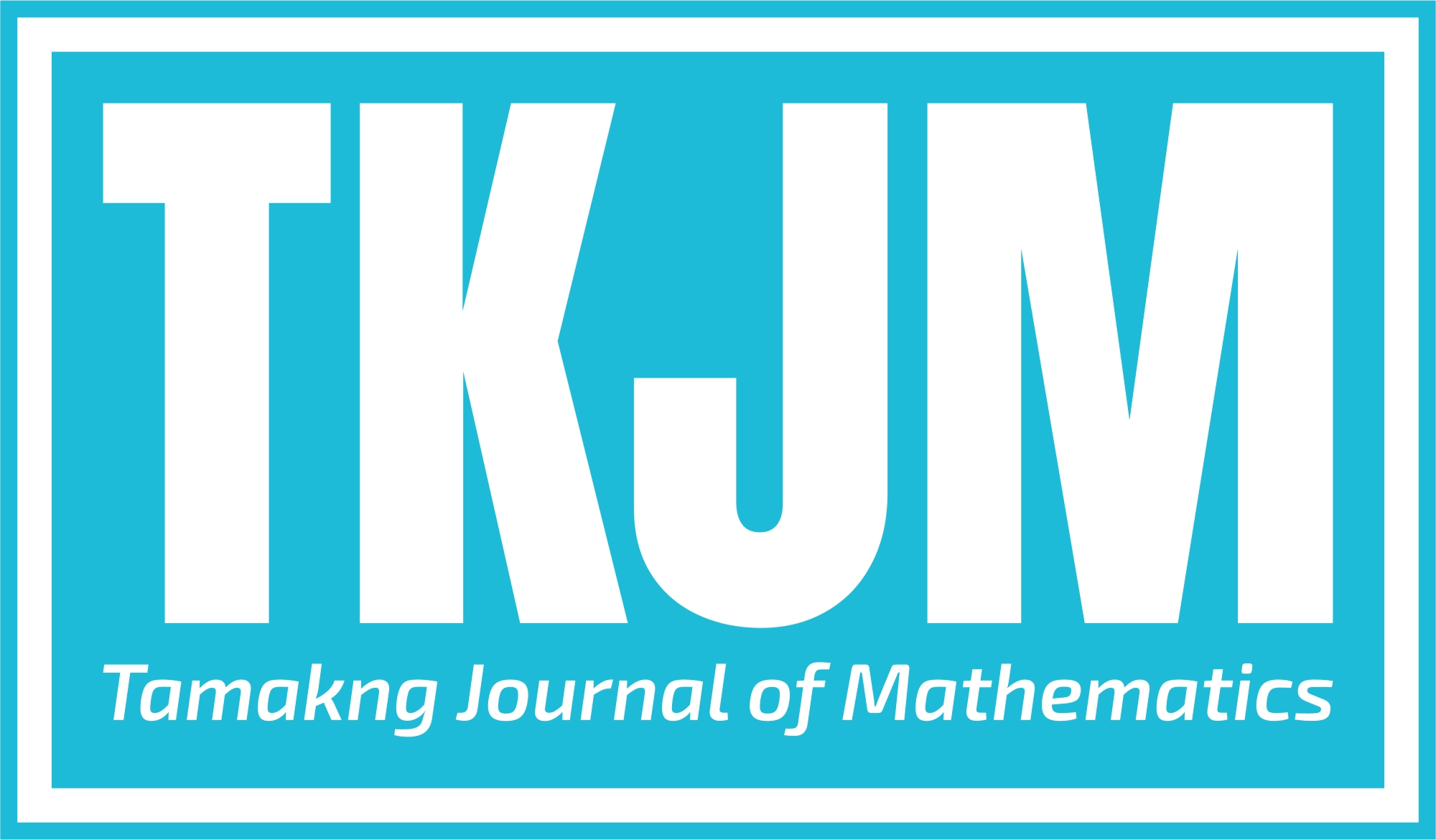Some new proof of the sum formula and restricted sum formula
Main Article Content
Abstract
Article Details
References
B. C. Berndt, Ramanujan's Notebooks, Part I, and II, Springer-Verlag, New York, 1985, 1989.
M. Eie, W. C. Liaw and Y. L. Ong, A restricted sum formula among multiple zeta value, J. Number Theory, 129(2009), 908--921.
M. Eie and C. S. Wei,A short proof for the sum formula and it's generalization, Arch. Math.,91(2008), 330--338.
A. Granville, A decomposition of Riemann's zeta-function, in: Analytic Number Theory, Kyoto, 1996, in: London Math. Soc. Lecture Note Ser., vol. 247,Cambridge Univ. Press, Cambridge, (1997), 95--101.
M. E. Hoffman, Multiple harmonic series, Pacific J. Math., 152 (2)(1992), 275--290.
M. E. Hoffman and C. Moen, Sums of triple harmonic series, J. Number Theory, 60(2)(1996), 329--331.
C. Markett, Triple sums and the Riemann zeta function, J. Number Theory, 48(2)(1994), 113--132.
Y. Ohno, A generalization of the duality and sum formulas on the multiple zeta values, J. Number Theory, 74(1)(1999), 39--43.
D. Zagier, Values of zeta functions and their applications, First European Congress of Mathematics, Vol. II (Paris, 1992), Progr. Math., 120, Basel, Boston, Berlin: Birkhauser, 497--512, 1994.
